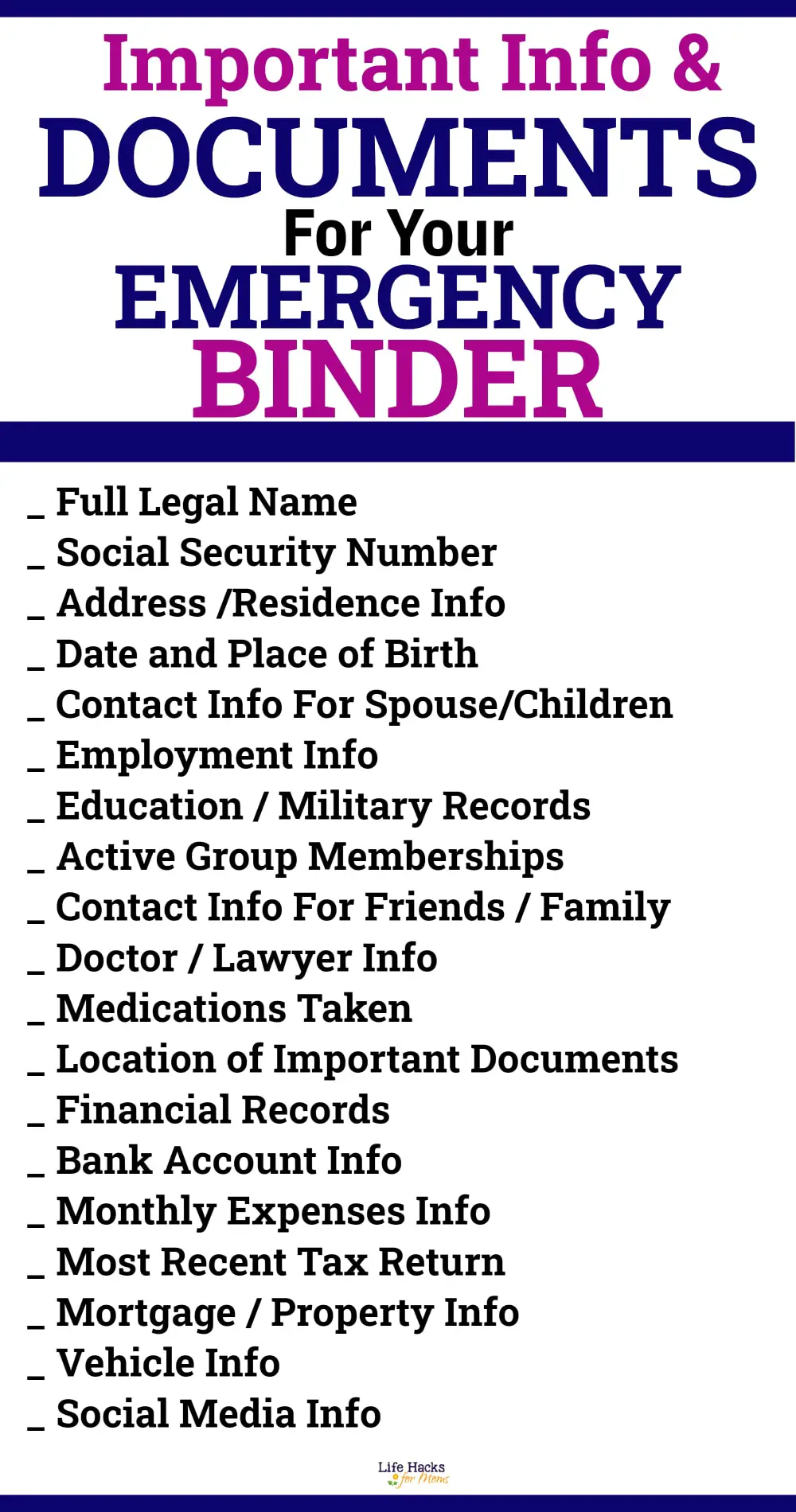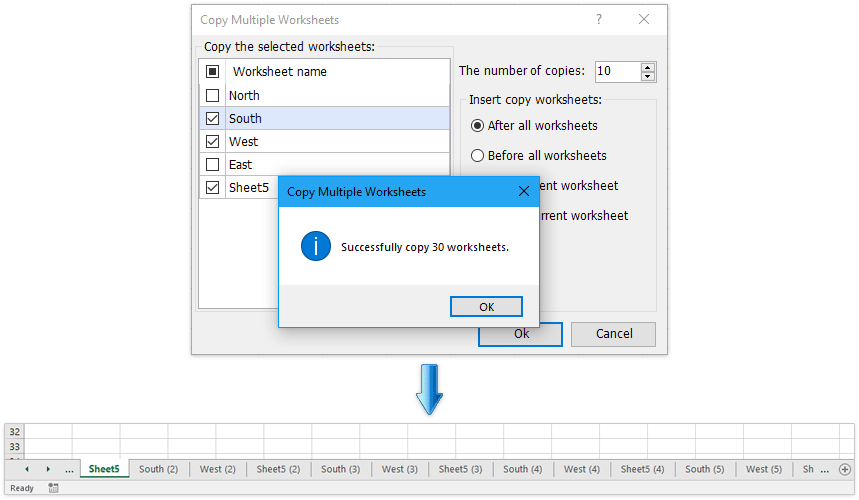EMT Paperwork: Essential Duties and Documentation

Welcome to an in-depth exploration of EMT Paperwork: Essential Duties and Documentation, where we delve into the crucial role paperwork plays in the life of an Emergency Medical Technician (EMT). Whether you're a seasoned EMT, a student studying to become one, or just interested in the inner workings of emergency medical services, understanding this aspect of the job is fundamental.
Why Paperwork Matters

Documentation in emergency medical services is not just a formality; it’s a critical component that impacts patient care, legal compliance, and the operational efficiency of emergency services. Here’s why:
- Patient Care: Accurate records ensure that all patient information is available for continuity of care and future medical decisions.
- Legal Accountability: Documentation provides a legal record of actions taken, which can be vital in court cases or during investigations.
- Communication: Efficient transfer of patient information between different healthcare providers ensures seamless care.
- Quality Assurance: Proper documentation allows for review and improvement of emergency response protocols.

Types of Documentation

EMTs encounter various types of documentation during their duties:
- Patient Care Report (PCR): The cornerstone document, detailing patient information, assessment, treatments, and transport details.
- Incident Reports: Used for documenting unusual events, accidents, or any operational anomalies that occur during an emergency response.
- Refusal of Care Forms: Necessary when patients refuse treatment or transport, which must be documented clearly to avoid potential legal issues.
- Transfer Forms: For documenting the handoff between different medical facilities or from EMS to hospital care.
- Daily Logs: Where daily activities, vehicle checks, and shift reports are recorded.
Completing a Patient Care Report (PCR)

The Patient Care Report is the most detailed document an EMT will complete. Here’s how to do it effectively:
- Patient Information: Record demographics, medical history, and allergies. Accuracy here is crucial for patient safety.
- Narrative: This should be a clear, concise story of the event from dispatch to patient handoff. Use SOAP format (Subjective, Objective, Assessment, Plan).
- Vital Signs: Document every set of vitals taken. This helps track the patient’s condition over time.
- Treatment Provided: Detail all treatments, medications, and interventions. Note down times for administration or application.
- Transport Information: Record how the patient was transported, who was present, and any significant events during transport.
📝 Note: Remember, if it wasn't documented, it wasn't done. This is a fundamental principle in EMS.
Best Practices for Documentation

To ensure documentation serves its purpose:
- Timeliness: Complete forms as soon as possible after the event to minimize recall bias.
- Legibility: Always write clearly or type if the form allows. Illegible notes are legally and medically useless.
- Detail and Clarity: Provide enough detail without overloading. Avoid medical jargon unless absolutely necessary.
- Confidentiality: Protect patient privacy at all costs. Handle documentation with care to avoid breaches.
Electronic Documentation Systems

Modern EMS often use electronic systems for:
- Ease of Use: Tablets or mobile devices make it easier to record information at the scene.
- Error Reduction: Built-in checks and drop-down menus reduce the chance of mistakes.
- Data Analysis: Electronic data allows for better analysis and improvement of care delivery.
- Security: Electronic systems usually offer better data protection and access control.
| Feature | Paper Documentation | Electronic Documentation |
|---|---|---|
| Access | Limited to physical location of document | Accessible from anywhere with internet access |
| Legibility | Dependent on handwriting | Always legible |
| Completion Time | May take longer due to manual writing | Faster due to pre-filled fields and drop-downs |
| Data Security | Physical security needed | Advanced encryption and secure servers |

In wrapping up our discussion on EMT documentation, it's clear that every detail, from patient data to treatments given, plays a pivotal role in emergency medical care. Whether through traditional paper methods or through the convenience of electronic systems, documentation ensures patient safety, legal protection, and operational efficiency. Remember, accurate and thorough documentation is as critical to an EMT's toolkit as their medical equipment. EMTs must strive for precision, timeliness, and confidentiality in their records. This not only helps in providing the best care possible but also aids in the continual improvement of emergency services as a whole.
Why is EMT documentation so important?

+
Documentation is critical for ensuring continuity of care, legal accountability, and the improvement of emergency service protocols. It’s an essential part of patient care, helping in treatment planning, legal protection, and operational analysis.
What happens if documentation is not properly completed?

+
Inadequate documentation can lead to misunderstandings in patient care, legal repercussions due to lack of evidence, and missed opportunities for service improvement.
How has electronic documentation changed EMT work?

+
Electronic systems have streamlined the documentation process, reduced errors, improved legibility, and facilitated immediate access to patient records, thereby enhancing both the speed and quality of emergency care.



